WILLIAM ACHEFF
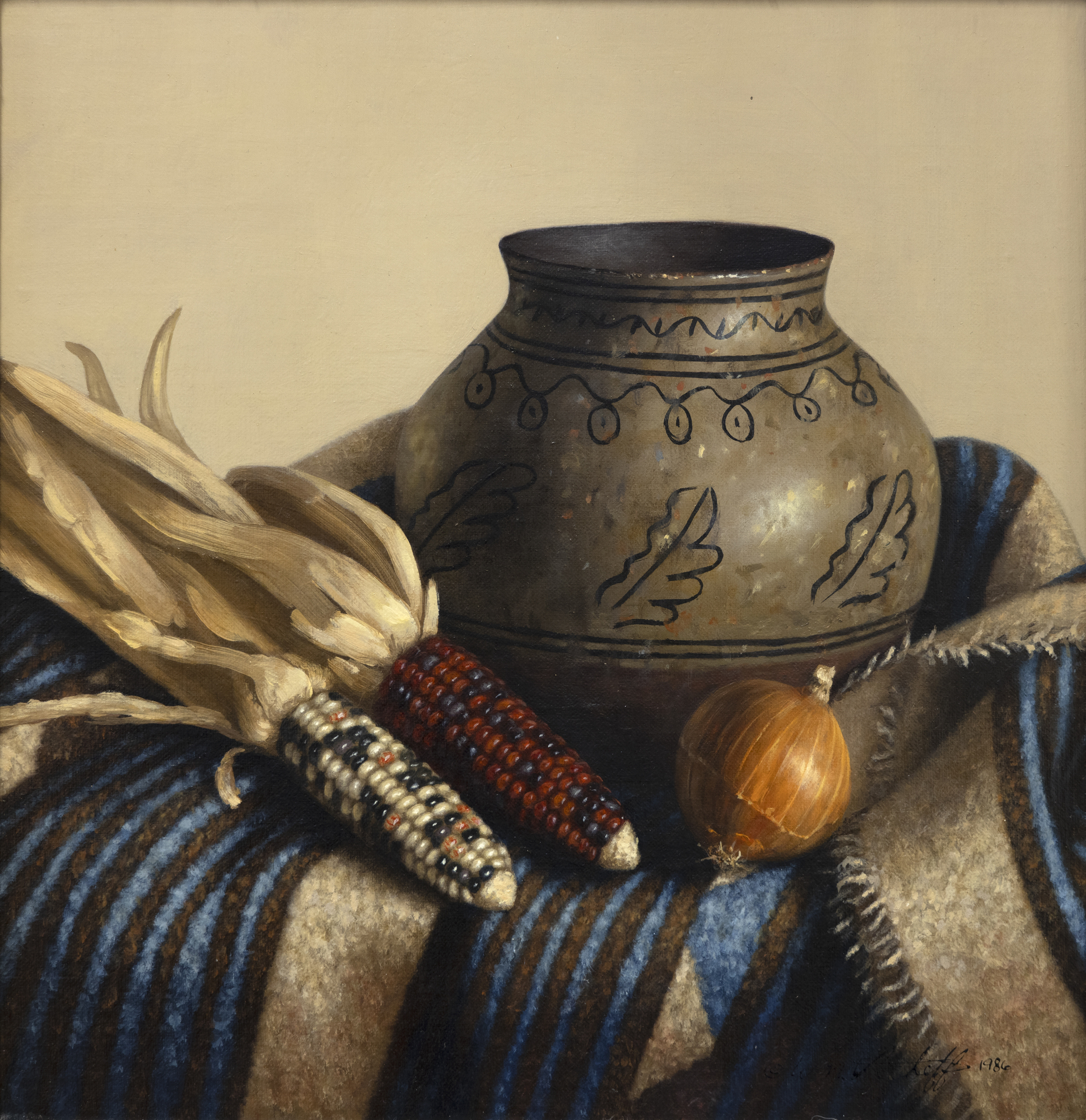
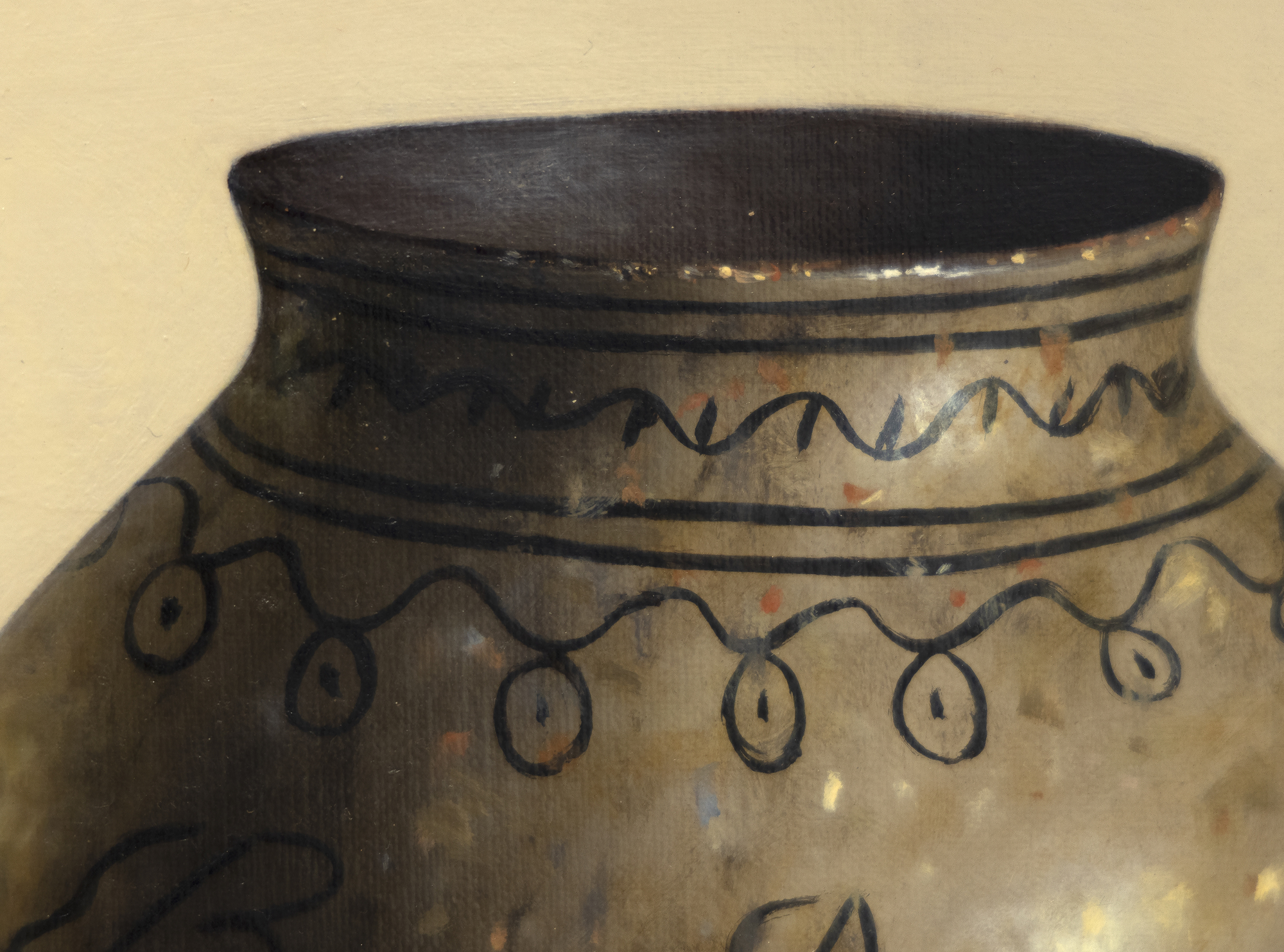
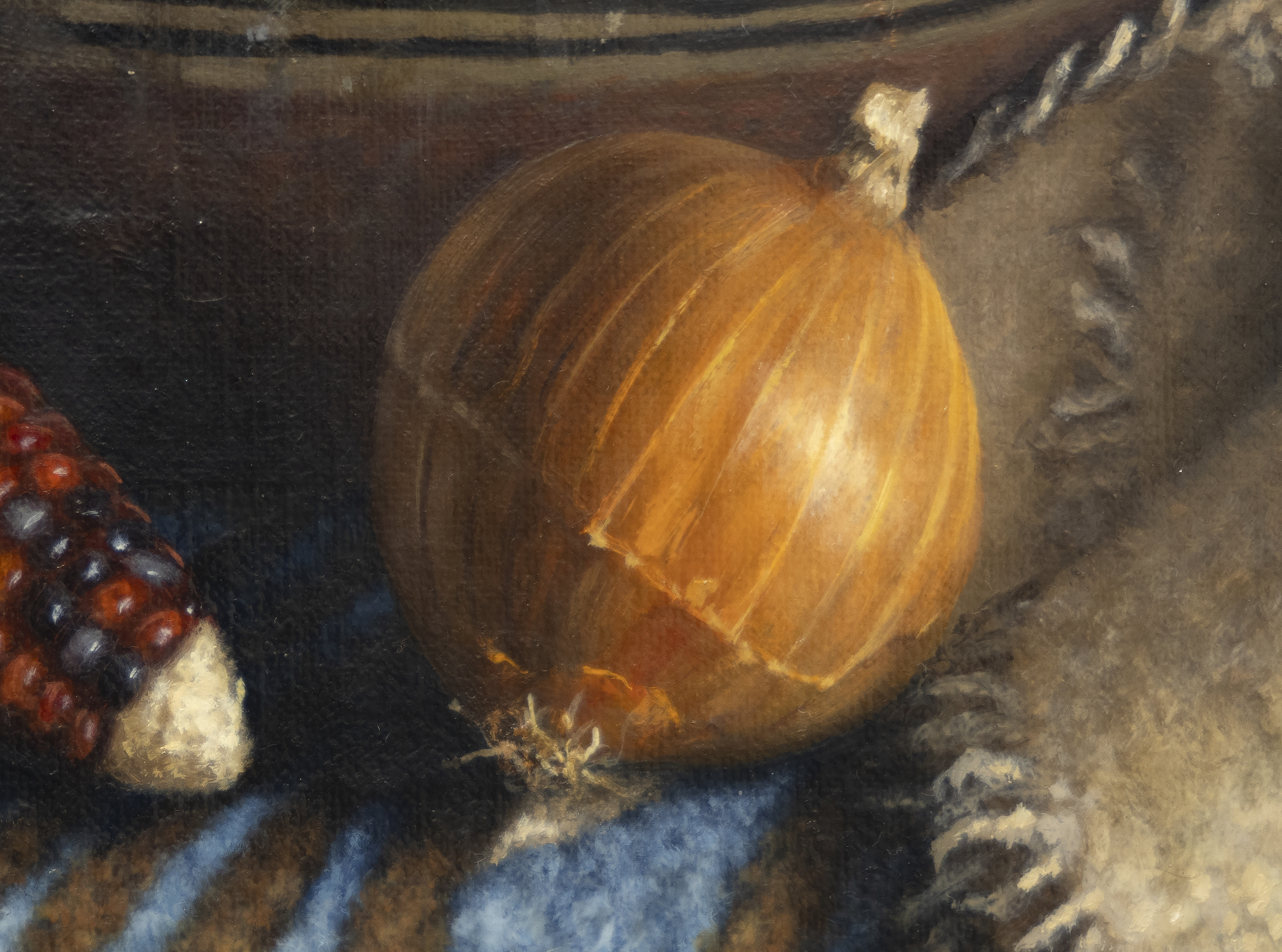
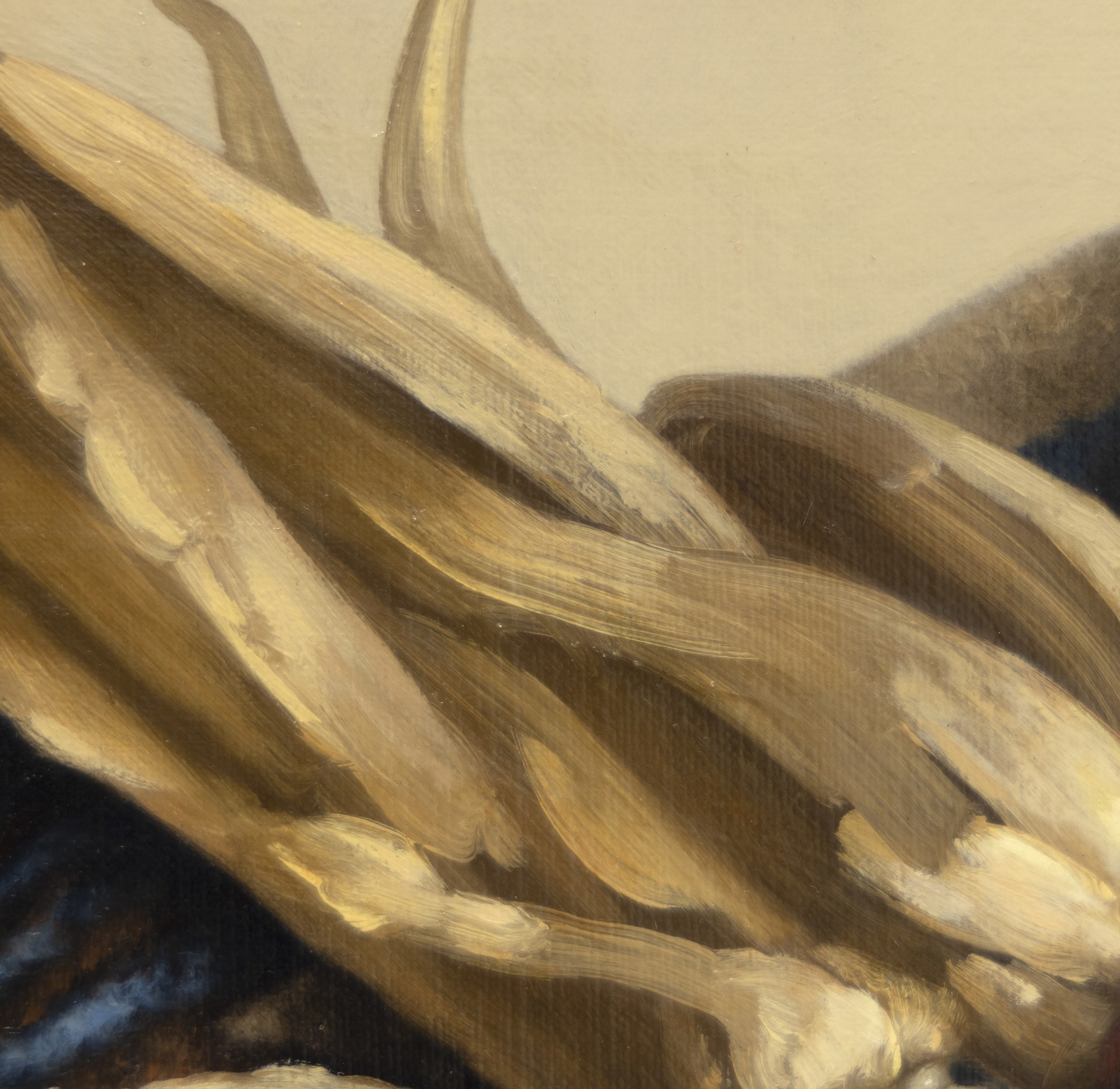
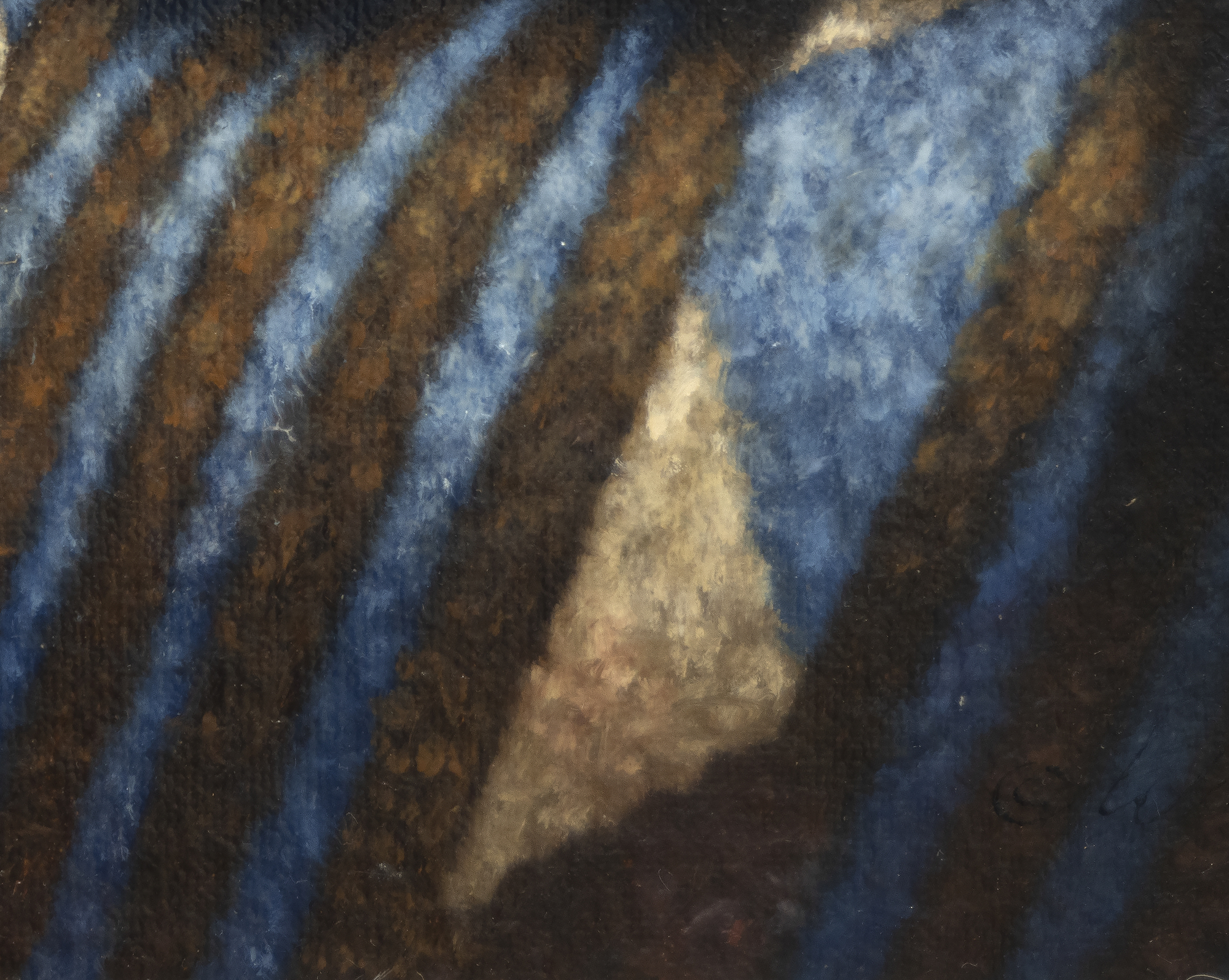
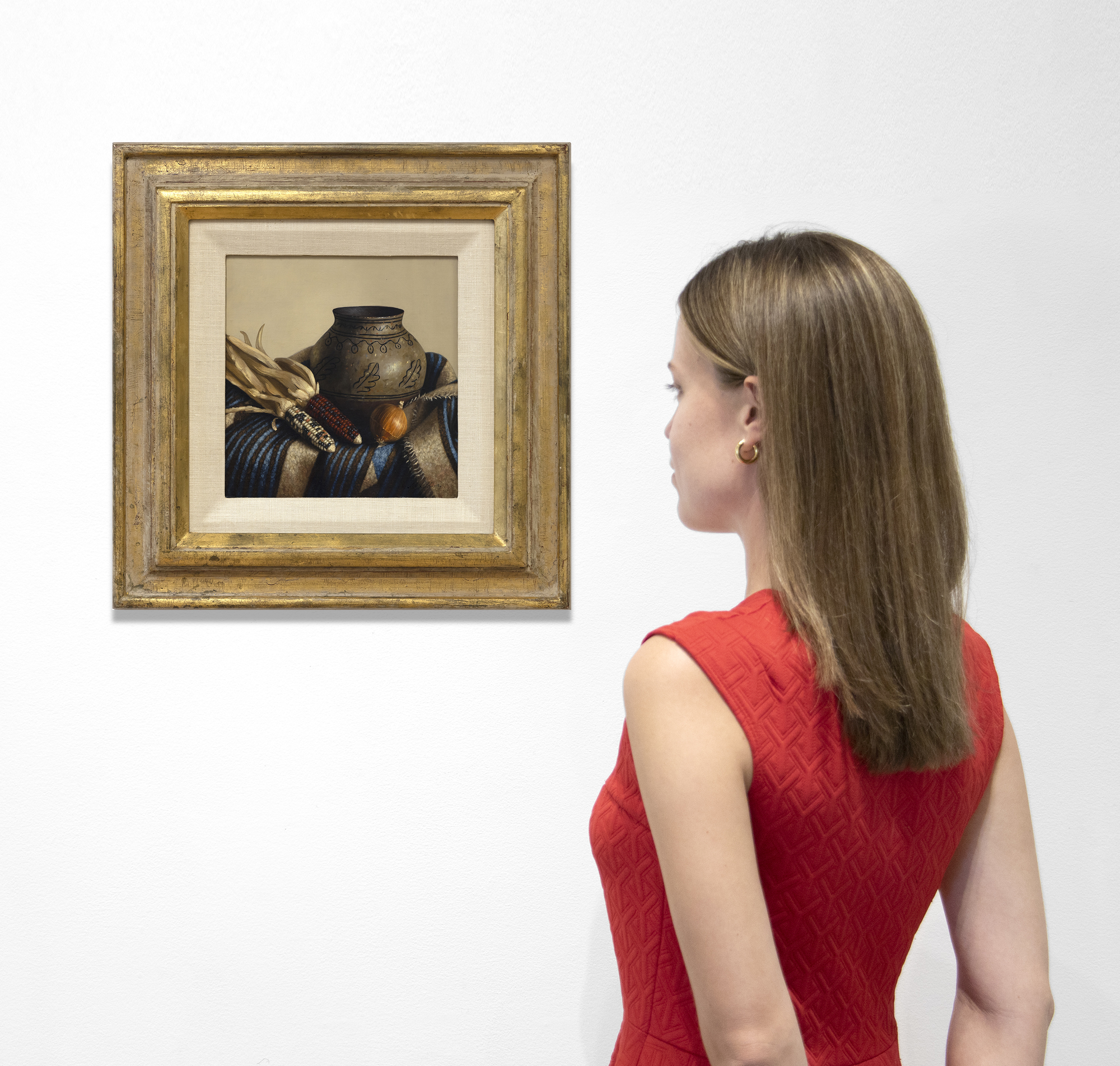
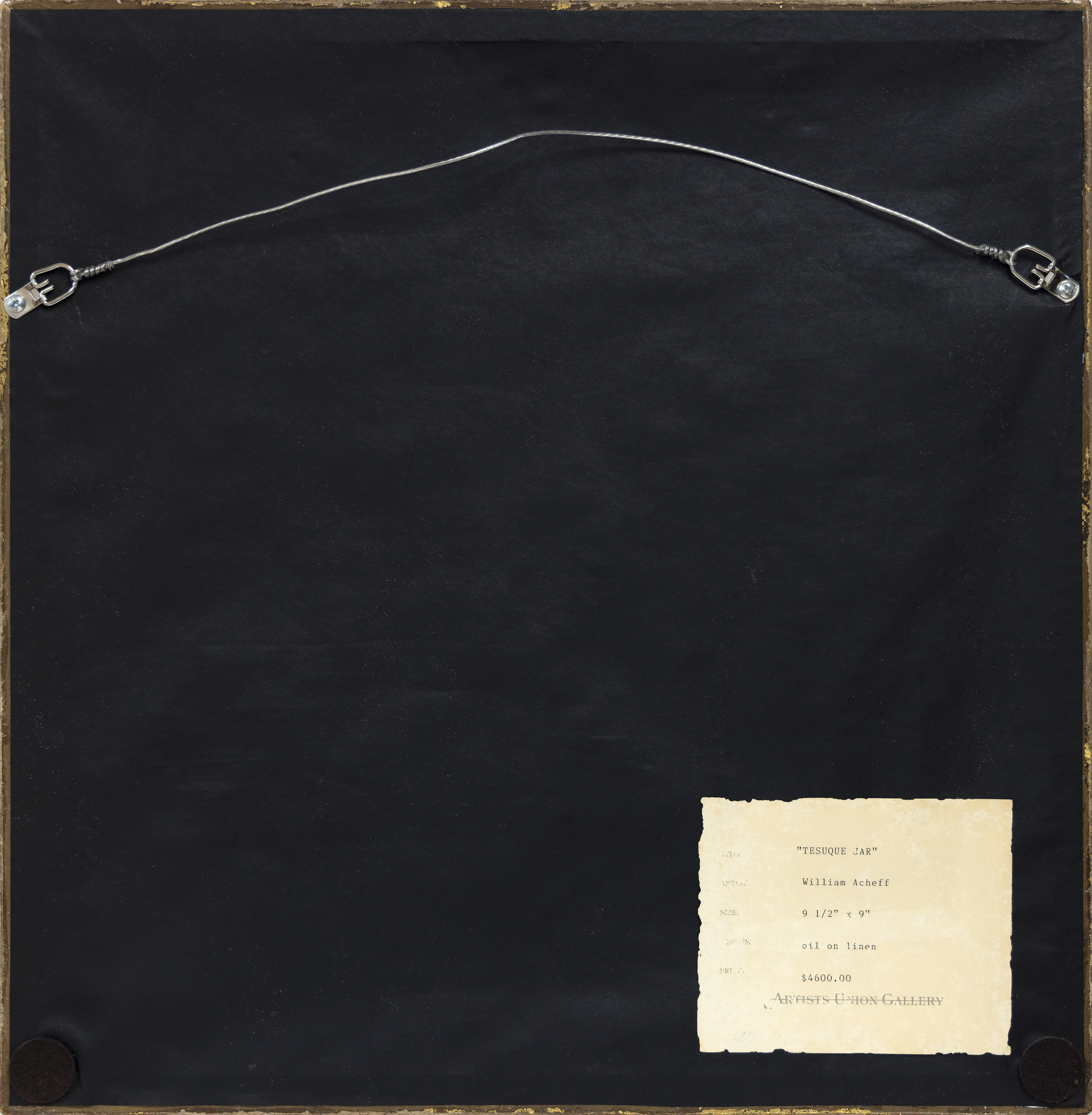
Provenance
Collection privéeNé en 1947 à Anchorage, en Alaska, Acheff est d'origine géorgienne, russe, écossaise, hollandaise et alaskienne-athabascane. Formé de manière classique à San Francisco, il s'est installé à Taos en 1973 et continue à peindre de cette manière distinctive et largement reconnue, mêlant souvent des artefacts et des traditions du passé à des objets et à des décors contemporains.
Tesque Jar évoque une jarre à corps d'argile (olla) du Pueblo de Tesuque, Tesugeh Owingeh ("Village de l'endroit étroit des arbres de coton"), situé dans le nord du Nouveau-Mexique. Leurs terres ancestrales couvrent la totalité de O'gah Po'oge (Santa Fe), et les poteries, dont la plupart datent de la fin du XIXe siècle et du début du XXe siècle, sont très prisées par les collectionneurs.


